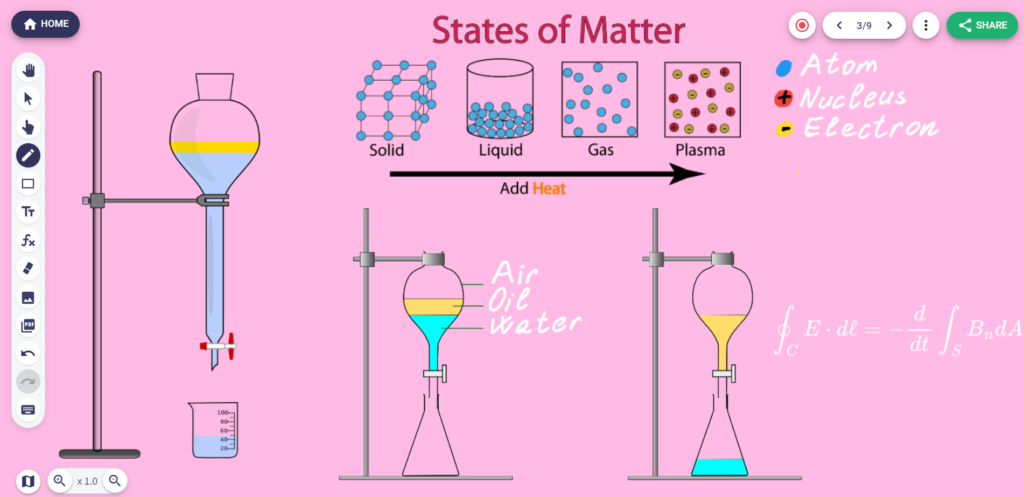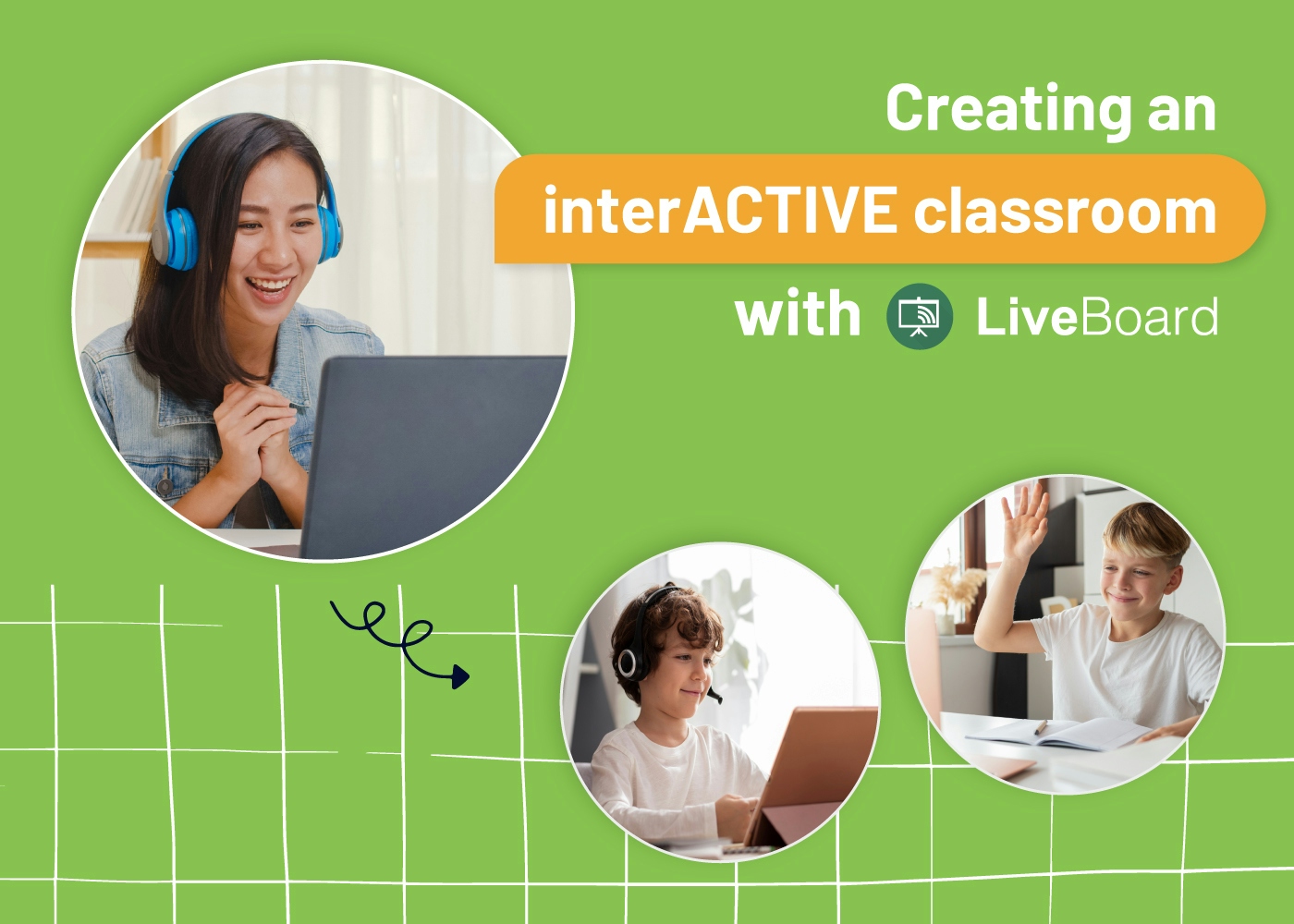When it comes to student engagement, cooperative learning is one of the best strategies you can use in the classroom. Cooperative learning involves students working together in pairs or small groups to complete a task or assignment. In this article we will look closer at cooperative learning and some of the benefits it offers students.
What is Cooperative Learning?
While cooperative learning mainly entails group work, there is much more to it. Cooperative learning is a specific form of group effort based on the principles of positive interdependence and individual accountability.
In cooperative learning, students are grouped together and given a task to complete. Each group member is responsible for completing their part of the task and helping other group members complete theirs.
Additionally, in cooperative learning, students are engaged socially. They learn how to communicate with others, how to coordinate their efforts, and how to work together effectively.
Cooperative learning effectively engages all students in the classroom, regardless of their level of ability. By working together, students can share ideas and learn from each other. This form of learning also allows for more hands-on and interactive learning, which can be more engaging for some students.
Benefits of Cooperative Learning
There are numerous benefits to be derived from using cooperative learning in the classroom. Some of them include:
Improved Academic Performance
Students who use cooperative learning strategies perform better academically than those who do not. This is because cooperative learning encourages students to interact with, and learn from, their classmates.
Improved Social Skills
Cooperative learning helps develop students’ social skills, such as communication, teamwork, and conflict resolution. These are essential life skills that will help students not only in school but in their future careers as well.
Reduced Behavioral Problems
Students who engage in cooperative learning are less likely to exhibit behavioral problems, such as disruptive behavior and absenteeism, because of the sense of responsibility towards their peers.
Increased Student Engagement
Cooperative learning is an excellent way to increase student engagement in the classroom. This is because cooperative learning brings students together to work on tasks and projects, making learning more enjoyable.

Things You Should Know Before Starting with Cooperative Learning
Now that we’ve discussed the benefits of cooperative learning, let’s look at what you should keep in mind before using it in your classroom.
Make Sure The Tasks You Assign Are Designed for Cooperative Learning
Not all tasks are suitable for cooperative learning. For example, tasks that require individual creativity or are too simple may not be appropriate for cooperative learning.
In addition, make sure the task is interesting enough for your students. If the task is uninteresting, it’s unlikely your students will be sufficiently engaged in the activity.
Create Clear Rules and Procedures for Group Work
Before beginning any cooperative learning activity, it is essential to establish clear rules and procedures for group work. This will help ensure the activity runs smoothly and your students understand what is expected of them.
Some rules you may want to consider include:
- Each student must participate in the activity
- Students must work together as a team
- Each student is responsible for their learning experience
Monitor and Assess Student Progress
It is crucial to monitor and assess student progress in cooperative learning activities. This will help you see which students are struggling and which are excelling. These insights will enable you to adjust the activity if necessary.
Effective Cooperative Learning Strategies
There are many different ways to structure cooperative learning in the classroom. The most important step is to identify a method that works well for you and your students.
Jigsaw
One popular strategy is known as Jigsaw. With this method, students are divided into groups, and each is responsible for learning one part of the lesson. Once all students have learned their part, they come together as a group and share/teach what they have learned.
Think-Pair-Share
Another popular method is called Think-Pair-Share. With this method, students are first asked to think about a question or problem independently. They then pair up with a partner and share their thoughts. Finally, the pairs come together as a group and share their ideas with the entire class.
Peer Instruction
Peer instruction is a method in which students are first given a chance to work on a task or problem independently. They then discuss their answers with a partner. Finally, the class comes together and discusses the task or problem as a group.
Implement Cooperative Learning with LiveBoard
If you’re using LiveBoard, you have total freedom to implement cooperative learning strategies in the classroom. Firstly, grant your students access to the board and allow them to present their material and teach their peers, like in the Jigsaw and Think-Pair-Share strategies. Aside from its rich drawing, writing, and shape-making tools, LiveBoard also allows the use of images and PDF documents. Students can utilize this feature to enhance their presentations and deliver material more effectively.

Furthermore, students can discuss and work on problems collaboratively on the board. By giving your students access to the board, you will enable them to work separately or in groups on various parts of LiveBoard’s infinite canvas. If need be, LiveBoard also allows interactive quizzes, which will help assess the students’ grasp of the topic.

You can also connect Zoom with LiveBoard to hold your class with a video call.
Final Thoughts
Cooperative learning is a great way to work with students in the classroom. By using cooperative learning, you can help your students develop important social skills and increase their engagement in the class. Just remember to prepare effectively before starting, such as making sure the task is appropriate for cooperative learning, and establishing clear rules and procedures for group work.


